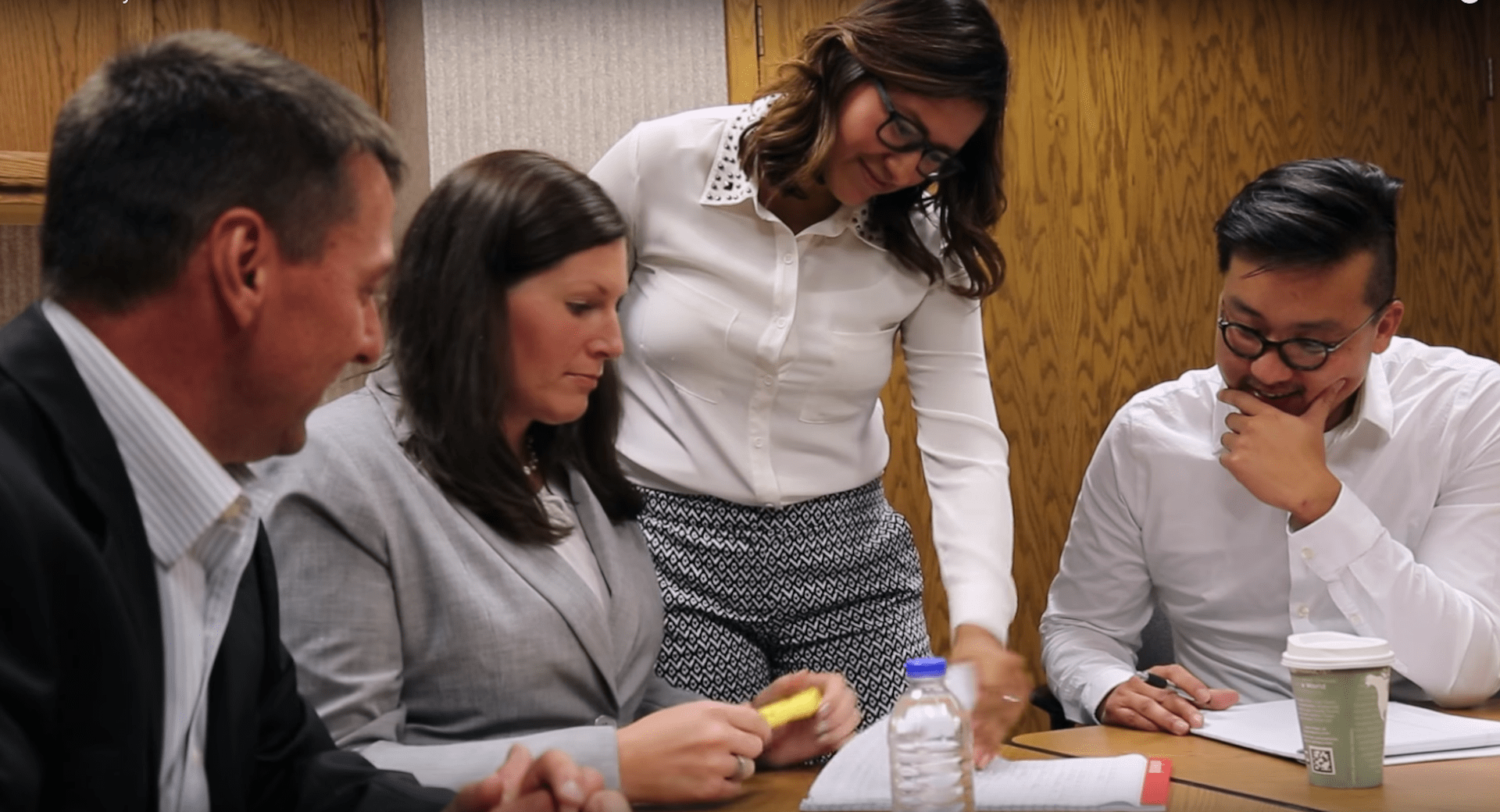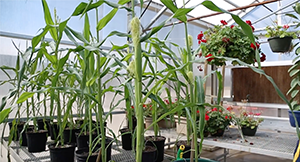
In theory, school districts and their communities share the common goal of creating a safe, healthy, and educational environment for children so that they might become productive members of society as adults. In practice, however, the two entities are often at odds.
The ensuing battles – both public and private – can end up damaging the educational process and hurting the very children whose best interests both groups claim to have in mind. Here at Skyward, we have taken notice of three emerging trends that promote partnership over confrontation by enriching the symbiotic relationship between district and community.
1) Appoint a Voice
Who speaks for your district? Are district-level communications typically reactive or proactive? Is communication a full-time responsibility? These are all important questions to address while reviewing your community relations plan. The overwhelming majority of community relations activities are still performed by superintendents, as evidenced by a recent study of Wisconsin school districts, which found that only 13% of districts in the state were employing a communications specialist, with half that number in a full-time role. Though we were unable to find similar studies from throughout the country, this underwhelming percentage appears to be the norm rather than the exception.For smaller school districts, the superintendent-as-voice model might not pose as much of an obstacle to effective and timely communication as it does in medium-large districts, but in either case it can prove beneficial to review whether or not the superintendent’s time might be better allocated elsewhere. The cost of a separate communications specialist could very well be outweighed by the indirect costs that arise from not having one.
According to the National School Public Relations Association (NSPRA), public relations in today’s school districts should not be about “puffery, spin doctoring, and techniques to make [district leaders] look good.” Instead, the NSPRA promotes a healthy, two-way approach to communications that can be “used as a vehicle to build trust, confidence and support for doing the best for all children in our schools.” Community relations professionals can facilitate these measures by serving as a liaison and participating in face-to-face conversations that might not fit into the superintendent’s busy schedule. A separate communications staffer can also help in the midst of a crisis, when superintendents need to focus their efforts on fixing the issue, rather than having to worry about keeping stakeholders informed.
2) Trumpet Positive Outcomes
Public perception is important. If all communications from the district are defensive in tone or fail to address community concerns, any trust that exists between district and community will quickly be eroded. Communities that only hear from their districts in the worst of times will assume that the system is broken, even if great things are happening every day.The easiest way to prevent these kinds of false assumptions is to spread the good news early, often, and through as many mediums as possible. In addition to making success stories a visible and prominent part of your district’s webpage, a strong community relations program will take advantage of online platforms like Facebook, Instagram, Twitter, and LinkedIn to reach as many members of the community as possible. By developing an active social media presence, you will be able to stay in touch with your community through the mediums they are already using to consume information.
Your local media outlets will often be thrilled to feature your successful district initiatives, especially when they are aligned with the educational movements that are under way on a larger scale throughout the country. It can be beneficial to develop open, two-way relationships with local journalists. When bad things happen, it is their duty to report them, but they can be a helpful resource for spreading the word about positive outcomes as well. It never hurts for the public to learn about great results from an unbiased third party.
3) Make Decisions Together
This step is often the hardest one for districts to adopt, due to longstanding business practices and an understandable desire for professionals to control every aspect of the decision-making process. However, we have seen tremendous results in the field when districts involve their community in the early stages of any major change to school operations or technology. Parent surveys, newspaper advertisements, and open meetings can help district leaders obtain valuable discovery feedback from their stakeholders in the community and possibly uncover additional scope of work requirements that might not otherwise be considered.Basic human psychology tells us that people who have an opportunity to participate in the decision-making process are more likely to put their weight behind a project and work toward its success. Subsequently, the process of community involvement needs to be more than just “lip service” for it to hold any merit; members of the community will be watching to make sure that their opinions are actually valued and their concerns are addressed, and it is important for districts to provide the public with a clear, logical explanation for any decision that is ultimately made.
When a change is communicated after the planning process is complete, communities are more likely to push back and additional energy must be expended by district administrators just to obtain a manageable level of buy-in. Districts will never be able to please everyone, but by providing a forum for grievances to be aired and misconceptions to be clarified, the disastrous “snowball effect” can be avoided. Failure to adequately communicate is a palpable risk for large scale projects, and the extra effort involved in bringing more parties into the fold is negligible compared to the time and resources that might otherwise be required to put out fires after the fact.
------
In today’s world, a productive coexistence between school district and community is a crucial element in the ongoing quest for student success. There are distressing news stories popping up every day about a growing divide between school boards, district administrators, and communities. These negative PR events are often caused by a lack of transparency that results in serious misconceptions and a lack of trust. For better or worse, the onus often falls on the school districts to prove that they have their students’ best interests at heart, with no ulterior or political motives driving the agenda.
A focused community relations program can reverse the status quo and make communities feel good about their district. The concepts of “image” and “branding” in public schools carry negative connotations among district administrators throughout much of the country, but there is hidden value there that we have only recently begun to uncover. In an increasingly competitive education market, it is important for school districts to stand out for their innovation and collaboration, not their failures.
If you are considering the benefits of a dedicated community relations program in your district or just want more information on how to get started, head over to the NSPRA website today and see how school districts throughout the country are leveraging public relations to develop better partnerships with their communities.
Tools for District Communication
Are you struggling to connect with your most important stakeholders? Learn more about Skyward's Family Access here.WHAT'S NEXT FOR YOUR EDTECH? The right combo of tools & support retains staff and serves students better. We'd love to help. Visit skyward.com/get-started to learn more.

|
Ray Ackerlund President |




